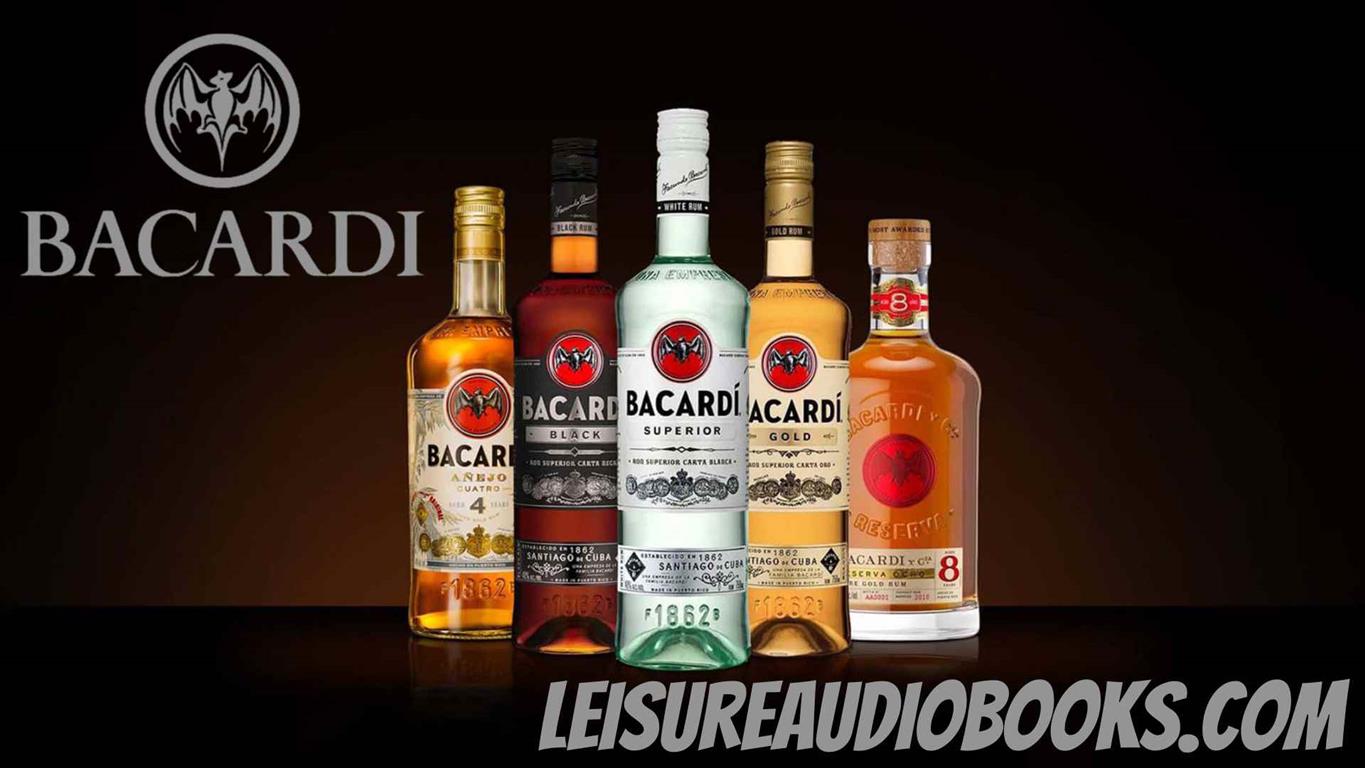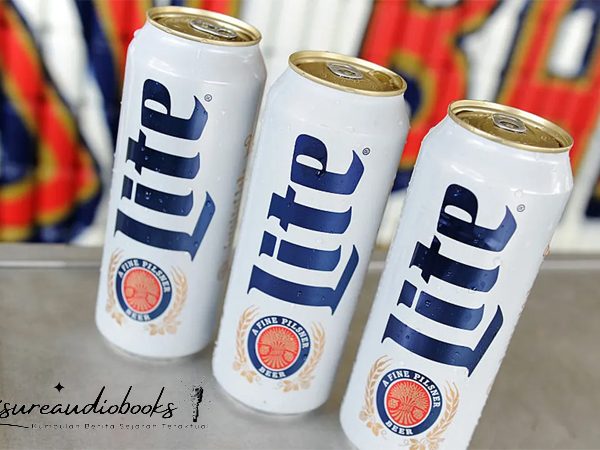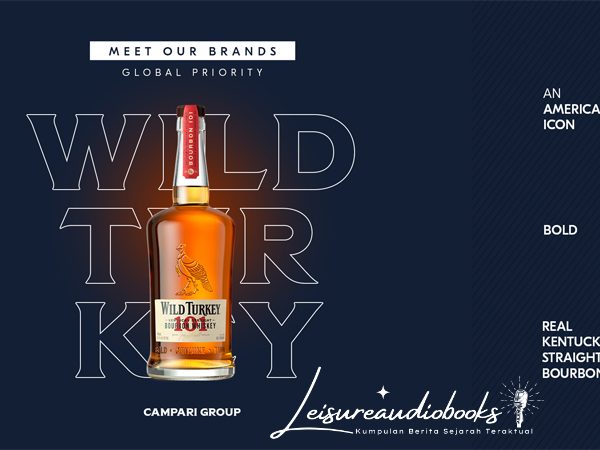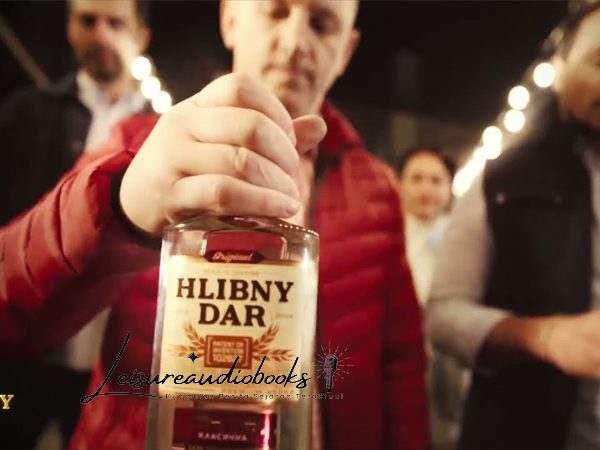Introduction
The world of spirits is vast and varied, offering a delightful palette of tastes and histories. However, few brands have carved out such a distinct and storied niche as Bacardi. From its iconic bat logo to its status as a staple in every good bartender’s arsenal, Bacardi stands out. In this article, we embark on a journey to truly get to know Bacardi, its history, its varieties, and its enduring legacy in the world of spirits.
The Origins of Bacardi
The story of Bacardi begins in Santiago de Cuba in 1862. Don Facundo Bacardí Massó, a Spanish wine merchant, started it all by buying a distillery and deciding to make a smoother version of the local rum. He experimented with different techniques, eventually pioneering a unique method that involved filtering the rum through charcoal and aging it in white oak barrels. This resulted in a smoother, more refined drink compared to the traditional, heavier rums of the time.
The bat logo, which is synonymous with this rum, has its roots in Spanish and indigenous Taiíno culture. Bats were considered symbols of good luck, health, and family unity. It was Dona Amalia Bacardi, Facundo’s wife, who noticed fruit bats in their distillery and suggested the bat be used as their brand symbol.
Bacardi Through the Ages
As time went on, Bacardi became synonymous with rum. The company survived numerous challenges, including earthquakes, wars, and exile from Cuba during the Cuban Revolution. Despite these setbacks, this rum continued to grow, both in size and reputation.
The brand’s resilience can be attributed to its adaptability and commitment to maintaining a high-quality product. During the Prohibition era in the U.S., this rum shifted its marketing towards Europe and even had advertisements hinting at the rebellious act of drinking their rum during these dry times.
The Bacardi Varieties
Bacardi’s product range has expanded considerably since its inception. Here are some products offerings:
- Bacardi Superior: The original, this is a white rum perfect for cocktails.
- Bacardi Gold: With its amber hue, this variant is rich and smooth, having been mellowed in toasted oak barrels.
- Bacardi Black: Aged for up to four years, this rum is bold with hints of tropical fruits and vanilla.
- Bacardi Añejo Cuatro: A newer addition, this rum is aged for four years and boasts a taste profile with notes of honey, vanilla, and oak spices.
- Bacardi Reserva Ocho: Crafted for seven generations, this golden rum has a rich, velvety body.
Bacardi in Popular Culture
Bacardi’s influence extends beyond the realm of spirits. Its mark on popular culture is undeniable. Many might remember the catchy “Bacardi Feeling” song from their commercials in the late 20th century. The brand has been mentioned in various songs, movies, and TV shows, further solidifying its status as a cultural icon.
Cocktails like the “Mojito” and “Piña Colada,” while not exclusive to Bacardi, have become associated with the brand due to its prominence in the rum market.
The Legacy and the Future
Bacardi stands today not just as a rum brand, but as an emblem of innovation, resilience, and family legacy. The company is still family-owned, with seven generations of the Bacardí family being involved in its operations.
Sustainability is at the heart of Bacardi’s future plans. The company aims to be 100% plastic-free by 2030. They are also working on reducing their carbon footprint, ensuring that the next generation can enjoy the rum in an environmentally friendly way.
Conclusion
From its humble beginnings in Santiago de Cuba to its global dominance in the world of rum, Bacardi’s journey is a testament to the power of innovation, quality, and family values. Whether you’re sipping a classic Mojito on a sunny beach or toasting a special occasion with their premium aged rums, this brand of alcoholic promises a taste of history, culture, and unparalleled craftsmanship in every drop.




